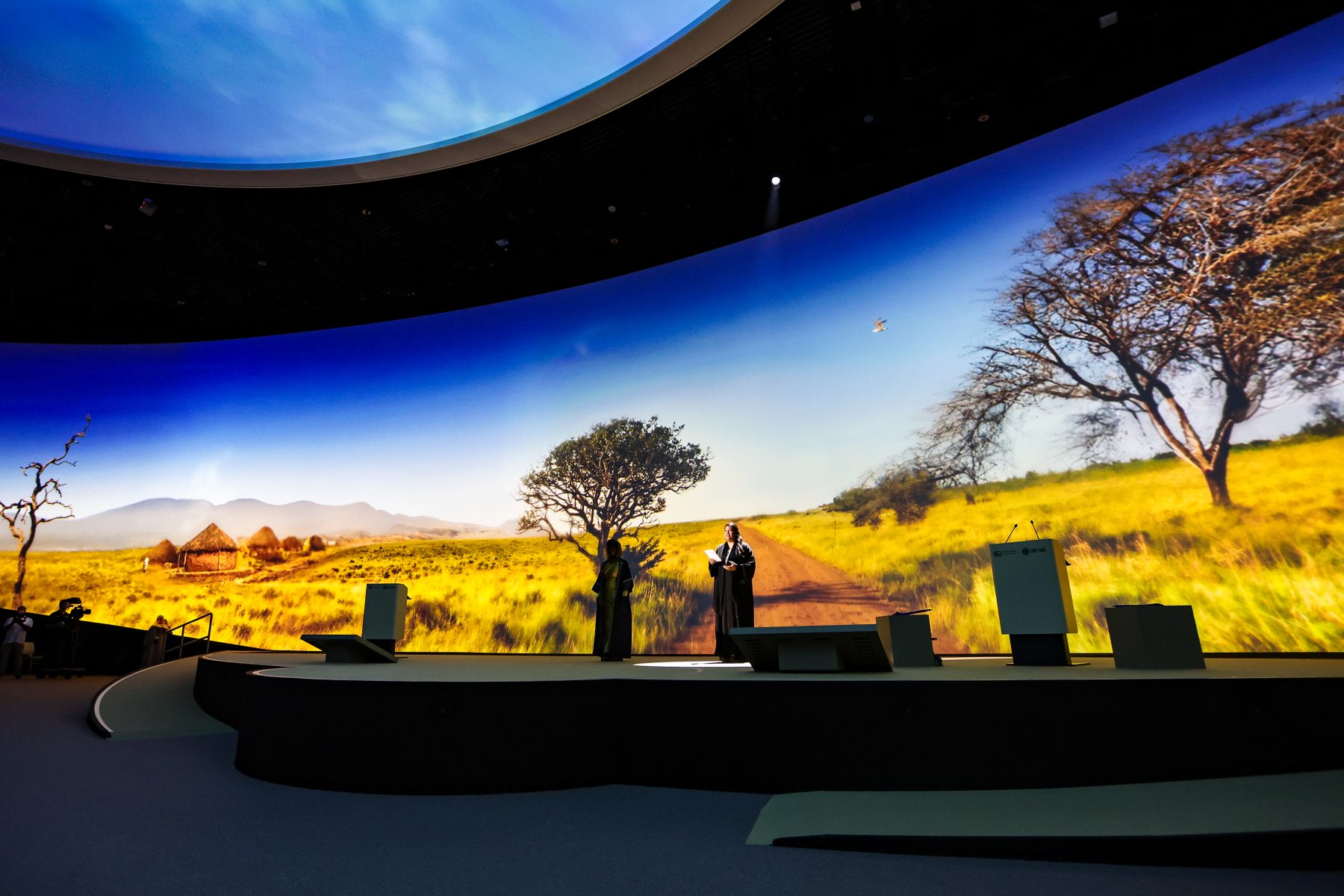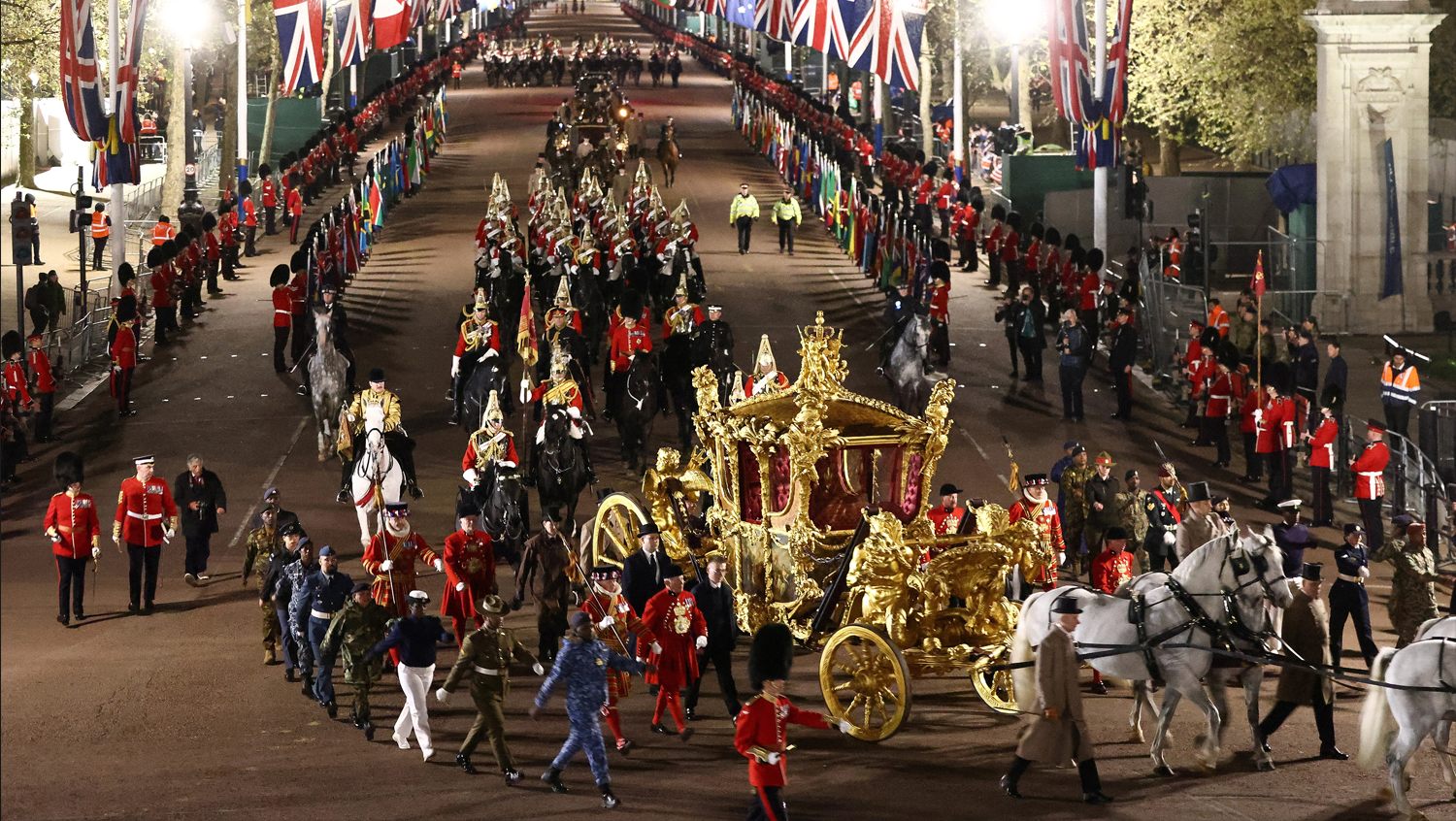We’re dreaming of a green Christmas

The festive season is right around the corner. It is time to send out cards, stock up on your favourite foods, buy wrapping paper, and get that new Christmas tree, right?
What if we did Christmas differently this year? Identity wants to set a new tradition; we are dreaming of a green Christmas!
The season of joy is not always joyous for our planet. We need to be environmentally conscious now, more than ever. One change that will have a huge impact on our environment is minimising how much our festivities contribute to landfill.
Let’s talk tactics!
Wrapping Paper
In the UK, the average household will use four rolls of wrapping paper each. That is 227,000 miles of wrapping paper, the same distance as a trip to the moon or travelling around the Earth nine times. Often, this paper can’t be recycled as it contains plastic and is usually accompanied by sticky tape, so it ends up going to landfill.
What you can do:
- Switch your shiny, glittery wrapping paper for standard brown or printed paper. Look for ones made from recycled paper.
- Try using torn pages from magazines or newspapers to wrap smaller presents.
- You can avoid paper entirely and use reusable tins, baskets, boxes, or fabric.
- Save your waste gift wrap to reuse for next year.
- Remove sticky tape from all paper before recycling or use ribbon to secure your wrapping instead.
Cards
Each person in the UK will send and receive approximately 17 Christmas cards, and it is estimated that over 1 billion of these cards end up in the bin each year. It takes one tree to make 3,000 cards. This means that over 333,000 trees are going to landfill every year.
What you can do:
- Reuse your Christmas cards as gift tags for next year’s presents.
- If you are planning on sending cards, look for ones made of recycled paper and avoid cards with glossy, shiny, or gold foil coatings.
- Send a Christmas e-card instead.
Trees
Approximately 8 million trees are sent to landfill in the UK every year. Trees take many years to decompose and release methane during the process, which is terrible for our planet. The cost of landfilling 8 million trees is around £22 million, and the cost to our environment is even greater.
What you can do:
- Investing in a potted tree means you can enjoy the same tree for many years to come.
- Some local councils recycle trees by turning them into wood chippings and compost to be used in parks and gardens – check to see if this is an option in your area.
- Enter your postcode on recyclenow.com to find out if there are any tree recycling schemes in your area.
- If you are trying to dispose of your artificial tree, this can’t be recycled but some charity shops may accept them, or you can use platforms such as Facebook marketplace to rehome the tree to someone who wants it.
- When you are choosing which tree to buy, ask your supplier where the trees come from and try to choose a locally grown tree or at least one that is grown in the UK rather than abroad.
Food
It is estimated that 74 million minced pies and 2 million turkeys are needlessly thrown away during the Christmas period. For many, eating is a highlight of the holiday, but stocking up on our festive food beyond necessary contributes to food waste in landfills.
What you can do:
- Don’t overbuy! Make a list and stick to it. Avoid succumbing to deals you see in the shops.
- Freeze any leftovers that can be eaten at another time.
- Meal plan for after Christmas and incorporate how you will be using your leftovers; doesn’t everyone love bubble and squeak?
- Check expiry dates. Only buy something if it will still be safe to eat by the time you need it.
These are just a few examples, there are many other things we can do to have an environmentally friendly Christmas. Don’t be afraid to get creative! Be curious about your impact on the planet and together we can all have a very merry, green Christmas.







